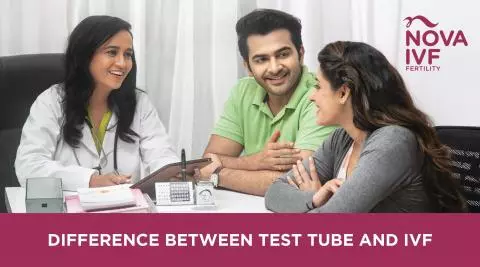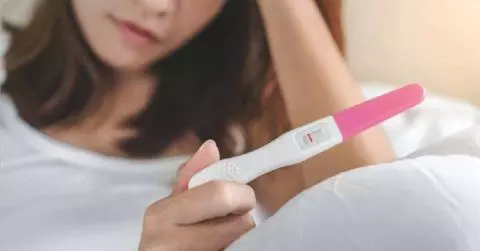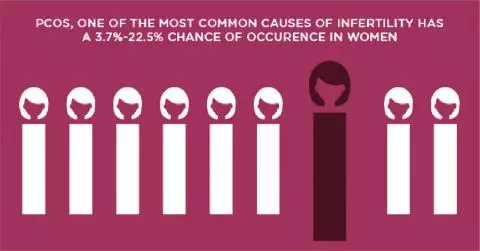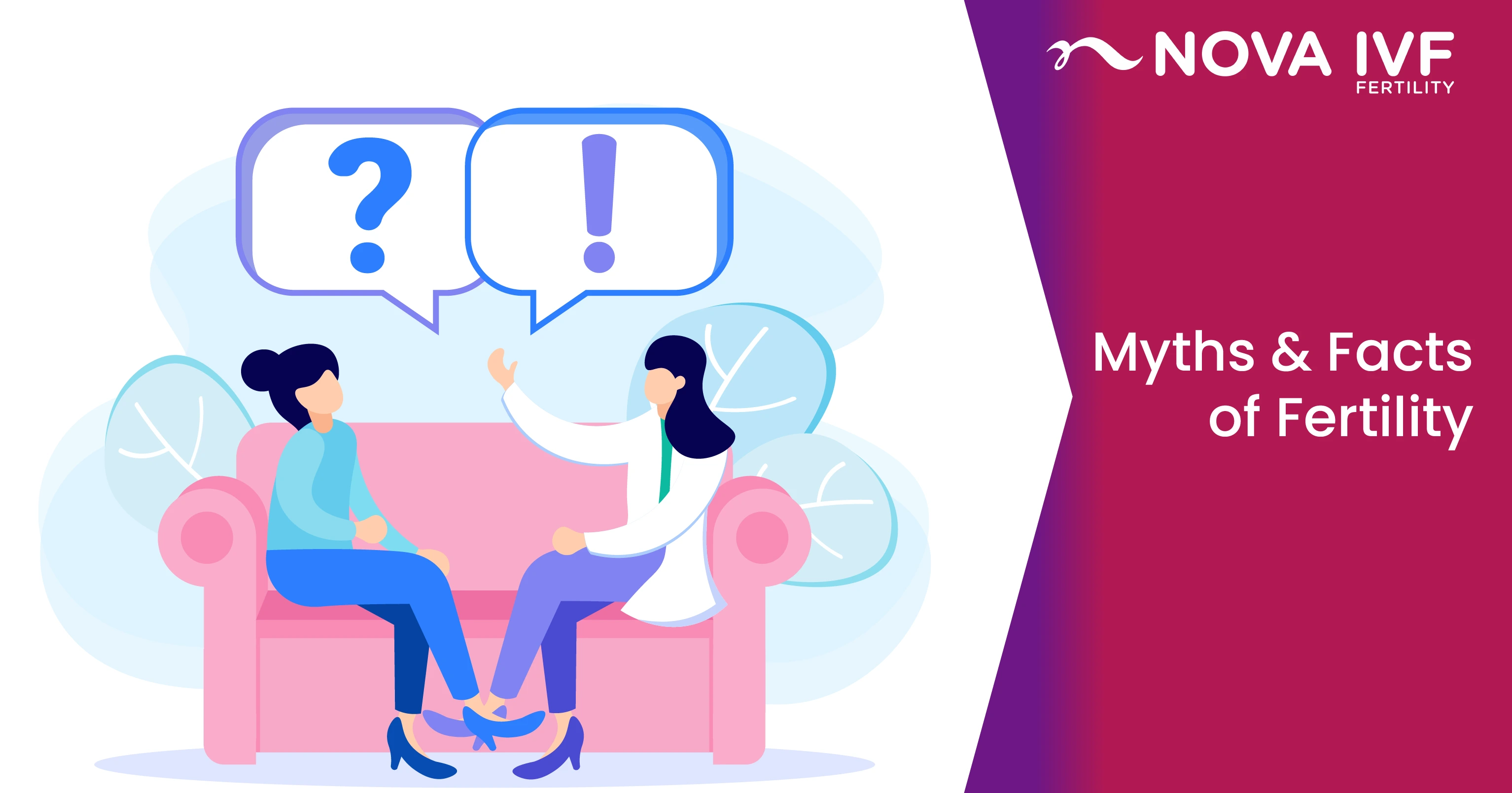Understanding In Vivo vs In Vitro Fertilization: Differences, Benefits, and Challenges
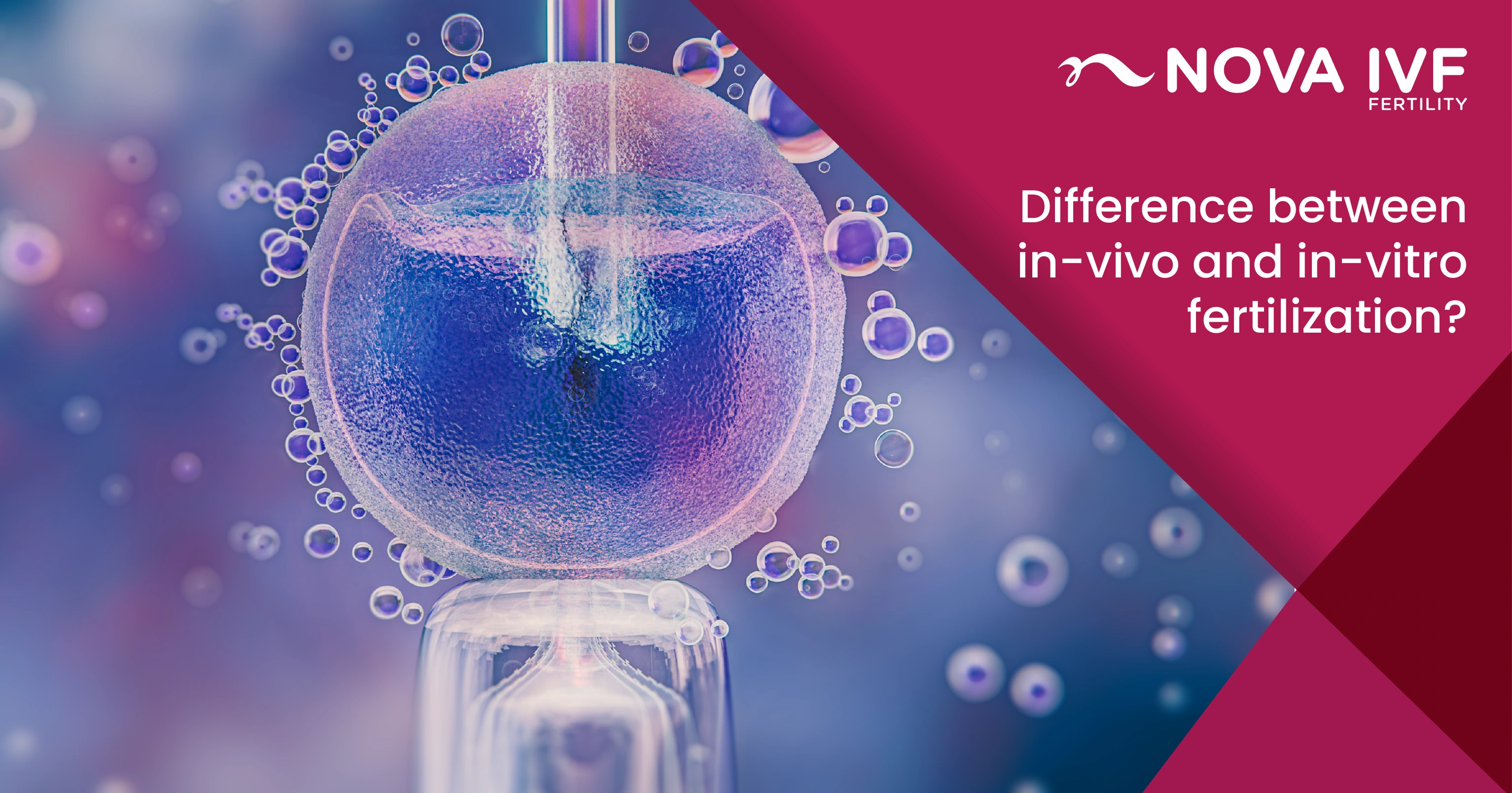
Parenthood can be a complex journey for some couples and may require medical interventions. So, while browsing about fertility treatments, you may have come across the phrases 'in vitro' and 'in vivo' fertilisation. Perhaps you have heard about procedures like in vitro fertilisation and are already acquainted with them.
While both of these phrases are related to fertilisation, which is the fusion of the sperm and egg, they are different approaches to becoming pregnant.
But what exactly do these phrases really signify? Keep reading to learn the difference between in vitro fertilization and in vivo fertilization and explore the advantages and disadvantages of each.
What is in Vivo Fertilization?
The term 'in vivo' is a Latin word that implies ‘within the living’.
In vivo fertilisation is a procedure that involves fertilising an egg inside the female reproductive system, which resembles the natural fertilisation process that occurs within the human body.
This type of fertilisation involves the union of sperm and egg inside the female's body. During intercourse, the male discharges sperm into the female genital tract. The fertilised egg, the embryo, then develops inside her uterus.
In vivo fertilisation is a natural procedure that typically requires a single egg from a one egg follicle to develop into an embryo. This means that only a few gametes are needed for in vivo fertilisation. Since the fertilised egg remains isolated within the thick protective covering of the uterus, the embryo's survival rate tends to be greater in in vivo fertilisation.
In the context of assisted reproductive techniques (ARTS), in vivo fertilisation procedures are carefully designed to recreate the complex process of natural fertilisation under properly controlled settings. One notable procedure is intra-uterine insemination (IUI). This involves directly introducing the specially prepared sperm into the female partner's fallopian tubes. This method makes sure the eggs and sperm combine in an environment that closely resembles the natural environment of the body. This considerably increases the chance of successful fertilisation.
What is in Vitro Fertilization (IVF)?
The term ‘in vitro’ comes from the Latin phrase ‘in glass’.
In vitro fertilisation (IVF) is a form of assisted reproductive technology.
Fertility medicines are used to regulate the timing of egg maturation. Both of the ovaries in a female are stimulated to produce and develop numerous egg follicles. IVF fertilisation requires an ample quantity of gametes.
TAfter monitoring the development of the egg using an ultrasound, transvaginal aspiration is used to extract the egg. A sufficient quantity of sperm is also obtained from the male's sperm sample. In an IVF laboratory, a highly experienced embryologist places sperm into each egg using advanced equipment.
To ensure successful fertilisation, the fused sperm and eggs need to be stored in incubators at optimal conditions. After about five days of egg retrieval, the embryos are then transferred back to the woman's uterus, or can then be stored or frozen and stored.
Since these embryos tend to have lower survival rates within the womb than those fertilised internally, a few more high-quality embryos are transplanted into the uterus. However, since more than one embryo is transplanted, the likelihood of multiple pregnancies increases in IVF.
Depending on your circumstances, an IVF procedure can use:
- Your partner's sperm and your eggs
- Donor sperm and your eggs
- Your partner's sperm and donor eggs
- Donated embryo
- Both donor sperm and egg
Your doctor may also place the embryo in a surrogate or gestational carrier. This is an individual who will carry your baby for you.
Key Differences Between In Vivo and In Vitro Fertilization
| In vivo fertilisation | In vitro fertilisation |
|---|---|
| Fertilisation takes place naturally within the body. | Fertilisation occurs outside the body in a laboratory environment. |
| The fertilised egg remains isolated within the thick protective covering of the uterus, increasing the embryo's survival rate. | The fertilised egg, called embryo is transplanted into the uterus; therefore, these embryos tend to have lower survival rates within the womb. |
| Fertilisation time and environment are less controlled and rely on the natural cycle. | Allows for better control of timing and conditions, including hormone modification and embryo selection. |
| The process occurs inside the reproductive system's natural physiological setting. | The process takes place in a controlled lab setting under conditions that are optimal for sperm and egg interaction. |
Advantages and Disadvantages of In Vitro and In Vivo Fertilization
In vivo Fertilisation
Advantages
- It is the body’s natural fertilisation process that occurs within the human body.
- Greater survival rate of the embryo, since the egg remains isolated within the thick protective covering of the uterus.
- Few gametes are needed for in vivo fertilisation, since it requires a single egg from a one egg follicle to develop into an embryo.
Disadvantages
- Should there be underlying fertility concerns, conception naturally may be hard to achieve.
- Individuals may be required to try for a longer period of time before becoming pregnant.
- There is no control over the selection of sperm. Sperm cannot be screened for genetic defects.
In vitro Fertilisation
Advantages
- An effective option for individuals and couples having fertility issues and not being able to conceive naturally
- There is control over the sperm quality. Genetic screening can also be performed for chromosomal abnormalities.
- Embryo testing prior to implantation into the female’s uterus is also possible.
- Preservation of embryos is also possible for later use.
Disadvantages
- Involves several treatment procedures and drugs.
- Can be emotionally and financially draining.
- The success rate of IVF tends to reduce with advancing age.
- It requires an ample quantity of gametes since the survival of transplanted embryos in the womb is less than that of those fertilised internally.
Conclusion
Both in vivo and in vitro fertilization are two different techniques of conception, each with its own set of advantages and disadvantages.
While in vivo fertilisation occurs naturally in the body, in vitro fertilisation provides a controlled setting to help people with fertility issues. Understanding these procedures, as well as their pros and cons, can help couples and individuals make educated choices regarding their treatment options.
Regardless of whether you choose ART or natural conception, the goal remains the same, to have a successful pregnancy.
 Infertility Counselling
Infertility Counselling Female Infertility Treatment
Female Infertility Treatment Andrology Treatment
Andrology Treatment Fertility Enhancing Surgeries - Female
Fertility Enhancing Surgeries - Female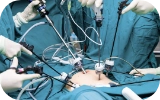 Fertility Enhancing Surgeries - Male
Fertility Enhancing Surgeries - Male Endoscopy Treatment
Endoscopy Treatment IUI Treatment
IUI Treatment IVF Treatment
IVF Treatment ICSI Treatment
ICSI Treatment Advanced IVF Solutions
Advanced IVF Solutions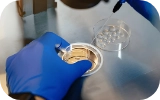 Embryology
Embryology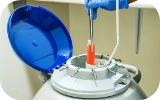 Vitrification Egg, Embryo, Sperm Freezing
Vitrification Egg, Embryo, Sperm Freezing Preimplantation Genetic Testing (PGT)
Preimplantation Genetic Testing (PGT) Donation Program Embryo / Egg / Sperm
Donation Program Embryo / Egg / Sperm Self-cycleTM IVF
Self-cycleTM IVF

 Self-cycleTM IVF
Self-cycleTM IVF
